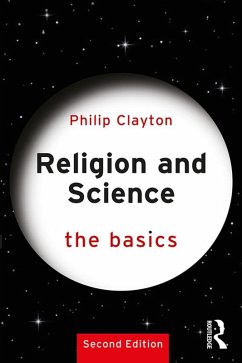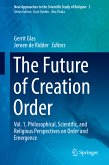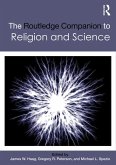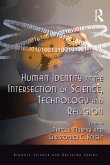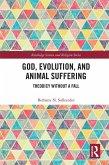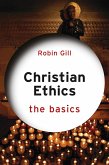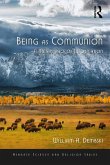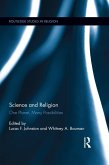. science or religion, or science and religion?
. history and philosophy of science
. the role of scientific and religious ethics - modifying genes, extending life, and experimenting with human subjects
. religion and the environmental crisis
. the future of science vs. the future of religion.
Thoroughly updated throughout, this second edition explores religious traditions from around the world and provides insights from across the sciences, making this book essential reading for all those wishing to come to their own understanding of some of the most important debates of our day.
Dieser Download kann aus rechtlichen Gründen nur mit Rechnungsadresse in A, B, BG, CY, CZ, D, DK, EW, E, FIN, F, GR, HR, H, IRL, I, LT, L, LR, M, NL, PL, P, R, S, SLO, SK ausgeliefert werden.
Christiana Zenner, Fordham University, USA
'This well-written introduction to the relationships between religion and science by a leading scholar of the field is an excellent choice for undergraduates. Compact yet comprehensive, and engaging with both Western and Eastern faiths, this guide ranges through a series of contemporary topics, including the interaction between religion and physics, biology,the mind sciences and medical ethics. A new chapter on historical and philosophical dimensions of science and religion relations complements an updated discussion of contemporary debates about belief and unbelief that resonate in popular culture. Deftly handling the warfare thesis and other models for the interaction of science and religion, the book also looks to the future of this interaction and offers incisive questions for classroom discussion.'
Stephen D. Snobelen, King's College, Halifax, Canada
Christiana Zenner, Fordham University, USA
'This well-written introduction to the relationships between religion and science by a leading scholar of the field is an excellent choice for undergraduates. Compact yet comprehensive, and engaging with both Western and Eastern faiths, this guide ranges through a series of contemporary topics, including the interaction between religion and physics, biology, the mind sciences and medical ethics. A new chapter on historical and philosophical dimensions of science and religion relations complements an updated discussion of contemporary debates about belief and unbelief that resonate in popular culture. Deftly handling the warfare thesis and other models for the interaction of science and religion, the book also looks to the future of this interaction and offers incisive questions for classroom discussion.'
Stephen D. Snobelen, King's College, Halifax, Canada

